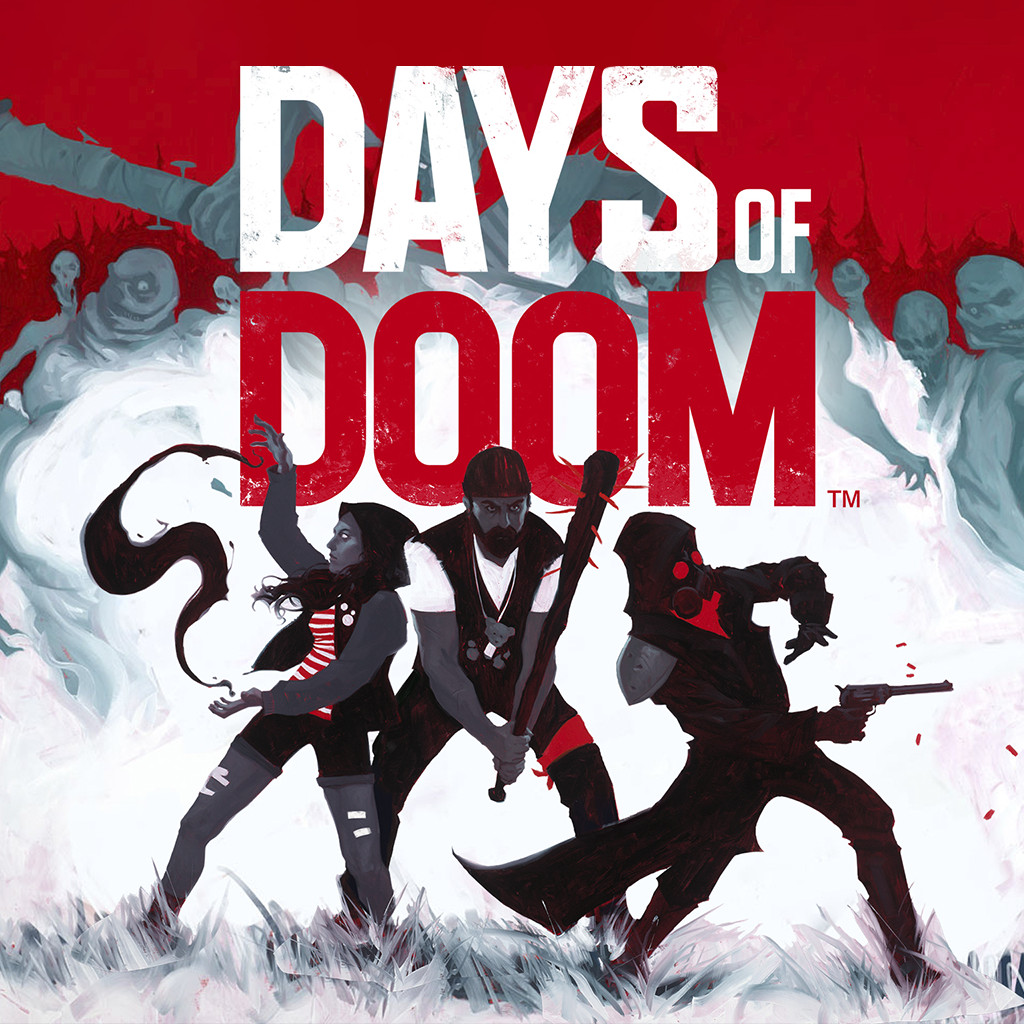

THE CUSTOMER
Days of Doom was another chance for us to work with a long-time partner – Atari, who definitely doesn’t need a long introduction. In fact, we previously worked with them on a mobile game based on the same intellectual property. However, this time around, it was Full Cycle Development, we were in it to create a full, premium title for consoles and PC from pitch to port.
ABOUT
As we planned this pitch, it was the perfect chance to put our best foot forward. We envisioned Days of Doom’s visuals based on 2D art for both characters, backgrounds, and other assets.
On top of that, we had a chance to let our highly skilled technical folks create a multitude of game systems that have sufficient depth without being overwhelming while interacting with each other in engaging ways.
THE CHALLENGE
Having so many talented people can be a double-edged sword. There were tons fo great ideas coming from absolutely everyone working on the project, so filtering out what matches the game was a big challenge that made our studio stronger.
When it comes to technical aspects, we tried to make working on the game’s systems as easy as possible, so post-feature implementation changes wouldn’t require a programmer, freeing up their time. We wanted people responsible for their respective crafts to be able to polish their additions to a mirror sheen.
On top of that, the multitude of game mechanics required a more complex solution for managing push/pull, status effects, and other aspects while mixing and matching them and making sure the game runs as smoothly as possible.
THE SOLUTION
To accommodate the many ideas being thrown around, we started something we endearingly called “mash days.” Once a month, the team would come together and present their ideas by implementing them. Some days we had developers proposing new art, others QA testers rewriting parts of the story. If we collectively decided that it’s a natural fit for Days of Doom – we’d begin work on proper implementation.
When it came to working on the game’s systems, we developed tools that allowed 2D artists to make changes to models, their animation speed, and timing so everything matches the SFX perfectly without a programmer. A map editor lets game designers balance the game at their own pace. This streamlined development lets people focus on their disciplines easily.
Lastly, when it came to combat mechanic implementation, we came up with ways to easily and smoothly interact with each other. For example, the Hydromancer has an AOE attack that applies different effects in different zones while also factoring in consumable effects and others. The adjustment systems we mentioned earlier were perfect for optimizing and implementing these effects with fairly few systems.
In the end, we’re very happy with how Days of Doom turned out. It was a great growing experience for our studio that lasted a little bit over a year and helped us rediscover new ways to help each other’s work shine.
You can experience the world of Days of Doom and reach Sanctuary on Nintendo Switch, PlayStation 5, Xbox One, PlayStation 4, Microsoft Windows, Xbox Series X, and Series S.
TECHNOLOGIES AND TOOLS
Game Engine: Unity 2021.3.17f1
Languages: C#
IDE: Visual Studio
Assets used:
I2Localization - localization
ReWired - controller support
Cinemachine - camera control
Shader Graph - shader editor
Odin - editor assistance tool
DOTween - animation tool
UniRx - .NET reactive extensions
Jenkins - CI tool
Spine - animation tool




